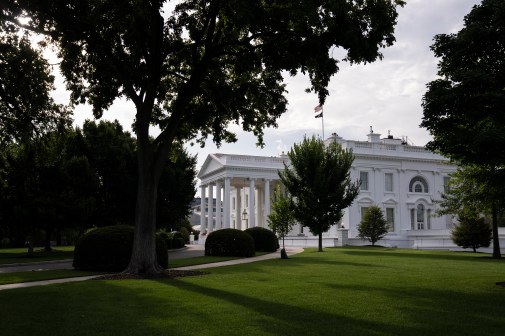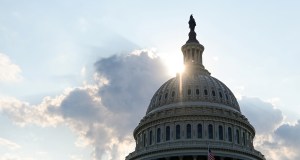Pentagon’s autonomous weapon rules might be in for a revamp

The Pentagon’s governance of autonomous weapon systems could be poised for a refresh.
This year marks a decade since the adoption of the Department of Defense Directive 3000.09, which establishes definitions and a policy framework for making and procuring weapons with autonomous features — or those that allow for functions without human control. A lot has changed since its release, so now, senior officials are considering updates to better suit modern capabilities.
“I think certainly there are conversations that are ongoing about the directive,” DOD’s new and first-ever Director of Emerging Capabilities Policy Michael Horowitz said on Tuesday. “For those that are not extremely well-versed in DOD bureaucracy, directives are required to have a certain relook every 10 years. So this is actually an opportune time for the department now, given all that’s happened over the last decade in the AI space, to take a look at that directive and figure out what should be done to reflect sort of where we are now, compared to where we were a decade ago.”
Speaking at the National Press Club for the Nexus 22 national security symposium, Horowitz reflected on the impact of — and gaps in — directive 3000.09.
That 2012 document “was in many ways the world’s first policy statement on autonomous weapon systems,” he noted. The original version was updated in 2017, but the overall language hasn’t really evolved to match today’s technologies, despite repeated calls for updates.
At this point, the complete review process that is required by the directive to evaluate autonomous weapons before use has yet to be triggered by a DOD component, Horowitz confirmed. But he said the policy has succeeded, at least so far, at setting a strong foundational commitment to human judgment and responsible behavior when it comes to the military’s development and deployment of autonomous weapons.
Still, he also sees where there’s room for revamps.
“Looking at 3000.09 today, certainly that was written before the DOD’s [Joint Artificial Intelligence Center] existed,” Horowitz said. It was also produced before the Pentagon crafted ethical AI principles, or restructured certain components to underpin the newly established Chief Digital AI Office, he added.
“There’s a lot that wasn’t in that document — and to be fair, there’s a lot that shouldn’t be in that document,” he said. “But I think that the department is committed to taking seriously being responsible about autonomous weapon systems, and having guidance concerning them that incorporates all that has happened over the last decade.”
The ultimate challenge of the next decade, in his view, is figuring out how to sustain the strong elements of the directive and other policies DOD has established around automation and AI, while also accelerating the pace of adoption of the technology. Officials and other experts believe artificial intelligence can be leveraged across the U.S. military, from the back office to the battlefield.
“The phrase I like to use is that the U.S. needs to act with responsible speed,” Horowitz said.
Horowitz did not offer a time frame for when a formal review process for directive 3000.09 might be completed.






